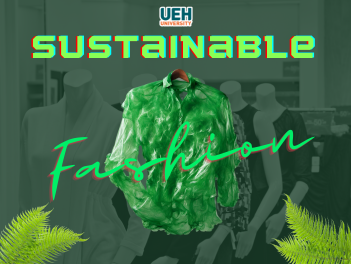
As the effects of environmental pollution become more apparent, young people are becoming more conscious of the importance of sustainability in consumer trends. As a result, sustainable fashion has recently become one of the most popular topics. Young consumers are becoming more interested in fabrics of natural origin and traditional materials and how to properly preserve clothing and limit waste. Growing demand for sustainable fashion among young people has created opportunities while posing challenges for this trend in Vietnam.
Vast opportunities for development
Sustainable fashion is defined as products made from safe, biodegradable, or reusable materials with a manufacturing process that minimizes raw material costs while limiting waste in the environment. This trend is fostering a humane, environmentally friendly fashion style that appeals to young people (According to Bao Nguoi Lao Dong).
After a long period of development, sustainable fashion has achieved outstanding results all over the world. The creation of The CNMI Sustainable Fashion Awards in 2022 through the collaboration of Italy’s CNMI and the United Nations’ Ethical Fashion Initiative (EFI) project has contributed to the industry’s affirmation of the voice of sustainable fashion. Furthermore, the transformation of major brands following sustainable fashion trends with specific goals and actions strengthens the trends’ position and potential for future growth.
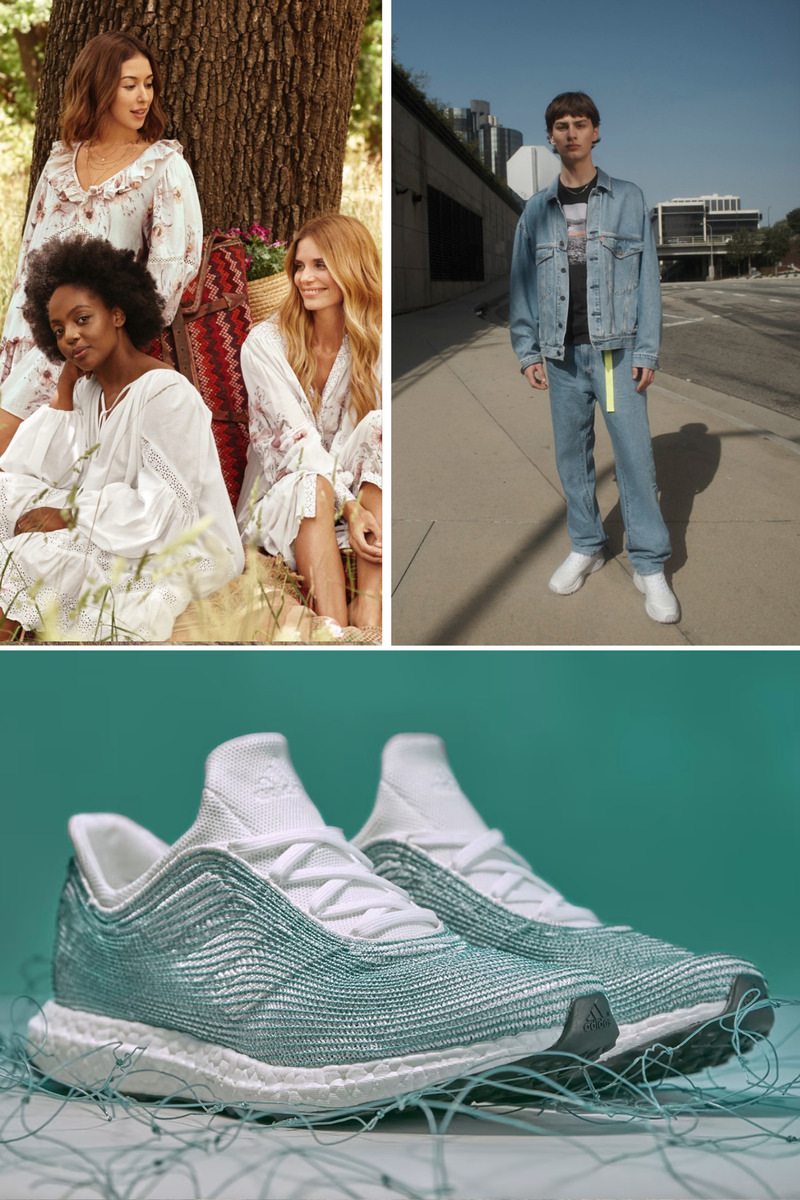
Sustainable products come from big brands Adidas, H&M, Levi’s (Source: Adidas, H&M, Levi’s)
In Vietnam, sustainable fashion has also achieved certain achievements. Designer Pham Ngoc Anh has made La Pham the only Vietnamese brand to participate in Switzerland’s largest sustainable fashion program – UN-DRESS. In addition, designer duo Huynh Hai Long and designer Dang The Huy brought the Revival collection to perform at the New York Fashion Week framework. In that positive development trend, the birth of fashion brands with the orientation of using environmentally friendly ecological materials and ECOSOI, a Vietnamese company pioneering the production of fabrics from pineapple fibers, has shown a promising future of sustainable fashion in the country.
Sustainable fashion has also made some progress in Vietnam. Designer Pham Ngoc Anh has made La Pham the only Vietnamese brand to participate in UN-DRESS, Switzerland’s largest sustainable fashion program. In addition, designer duo Huynh Hai Long and designer Dang The Huy brought the Revival collection to New York Fashion Week to perform. In that positive development trend, the birth of fashion brands oriented toward using environmentally friendly ecological materials, as well as ECOSOI, a Vietnamese company pioneering the production of fabrics from pineapple fibers, has demonstrated that the country has a promising future of sustainable fashion.
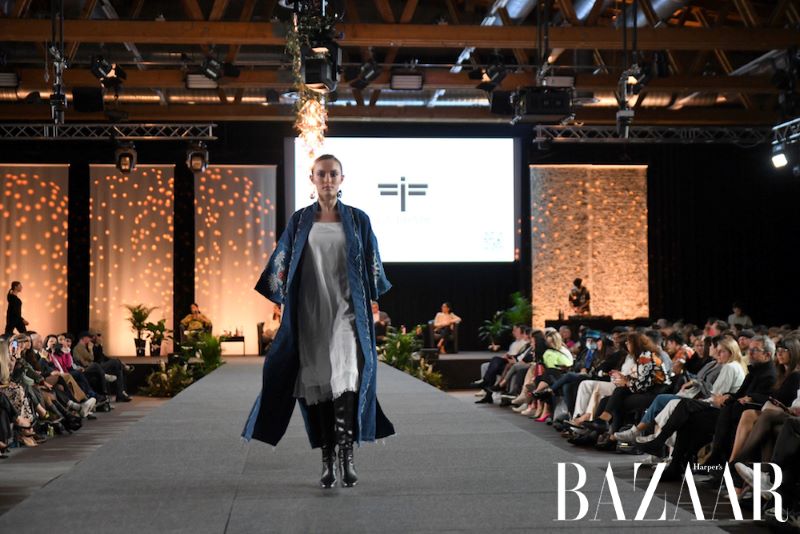
A hemp fabric jacket design with patterns drawn with beeswax by designer Pham Ngoc Anh at UN-DRESS (Source: Bazaar Vietnam)
When fashion reached version 4.0
The combination of modern technologies and sustainable fashion has been in the spotlight recently. By using AI in creating promotional images and allowing customers to experience products, fashion brands have significantly minimized the amount of clothing used for client try-ons. Furthermore, applying 3D printing technology to create accessories and jewelry helps brands save money and produce nearly no waste, contributing to the reduction of the negative impacts that can bring to the environment.
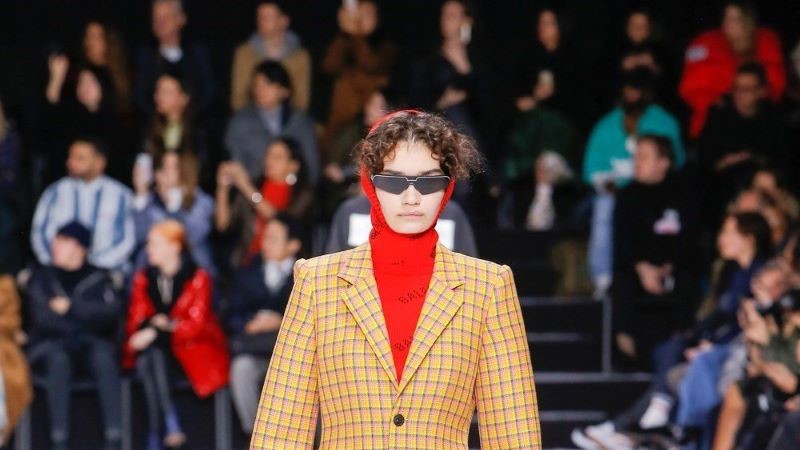
3D printing technology is a starting step for sustainable fashion trends in the modern, advanced era. (Source: Balenciaga)
Even though sustainable fashion has only recently emerged in Vietnam, the chances and development potential of the aforementioned trend are always promising. The introduction of the ECOSOI company to the Shark Tank Vietnam program, with its main product being fabric made from pineapple fiber, has demonstrated new prospects for Vietnam’s sustainable fashion industry. The company has struck an export agreement with Pinatex, the world’s largest leather maker from pineapple fibers. At the same time, the company anticipates revenue of up to 40 billion VND in 2023 and 71.5 billion VND in 2024.
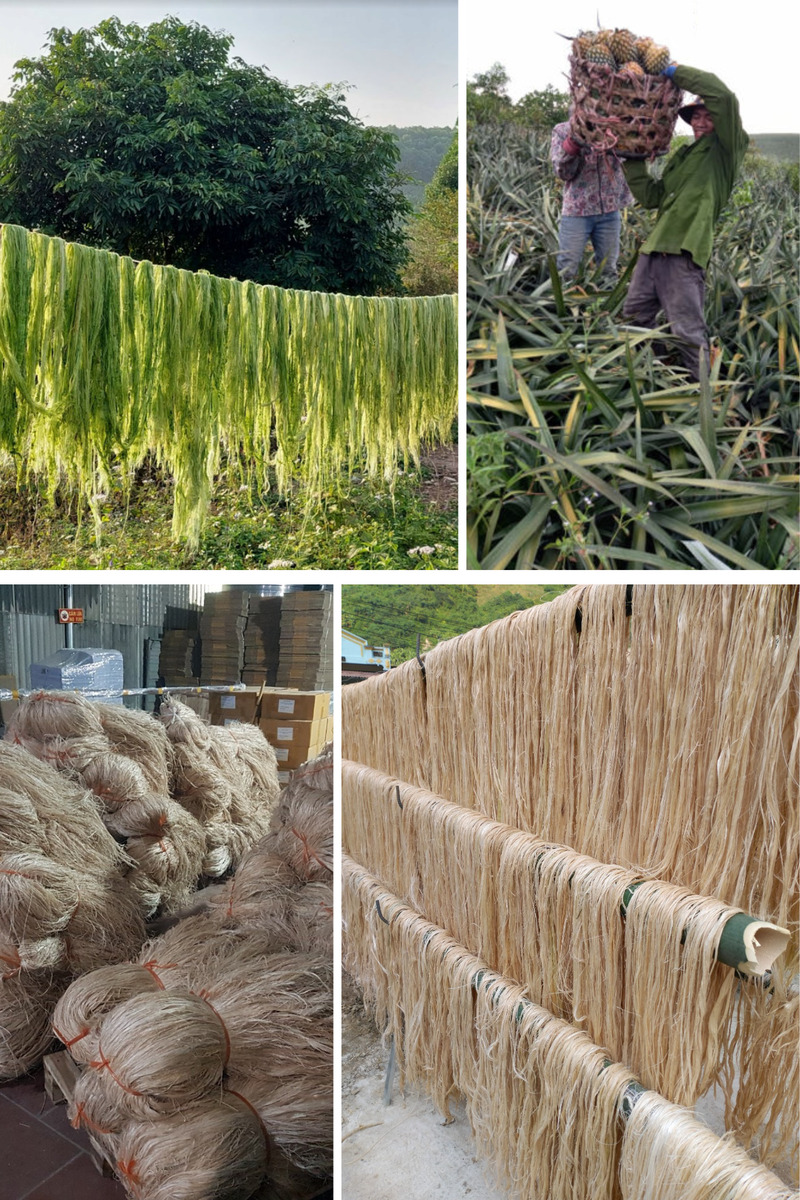
Steps to create sustainable pineapple fiber for the fashion industry at ECOSOI (Source: ECOSOI)
Challenges to improve more and more
Most buyers associate these products with exorbitant prices when it comes to sustainable fashion. Mr. Brittany Burns, director of strategy and business development at the non-profit organization Fashion For Good, weighs in on the above opinion. Sustainable fashion products will often have quite high prices compared to fast fashion products. However, differences in materials, production stages, and advanced technologies are why product prices increase. More sustainable clothes that can be utilized for a longer period will equate to a more expensive price. Instead of focusing solely on the price, recall the adage “Buy quality and buy less”. Sustainable products are worth the money if you assist yourself with a long-term view.
Another common misconception about sustainable fashion products is that the colors are not eye-catching or diversified, and do not match current fashion trends. Many designers think that sustainable fashion has been, is, and will continue to be a development trend that cannot be disregarded in the future of this “trillion-dollar” industry. Famous fashion brands are always creating diverse designs and colors and presenting numerous distinctive and eye-catching collections made from sustainable materials. In addition, domestic brands such as Kilomet109, The 31, TimTay, and others are making efforts to diversify fashion products in terms of both image and material.
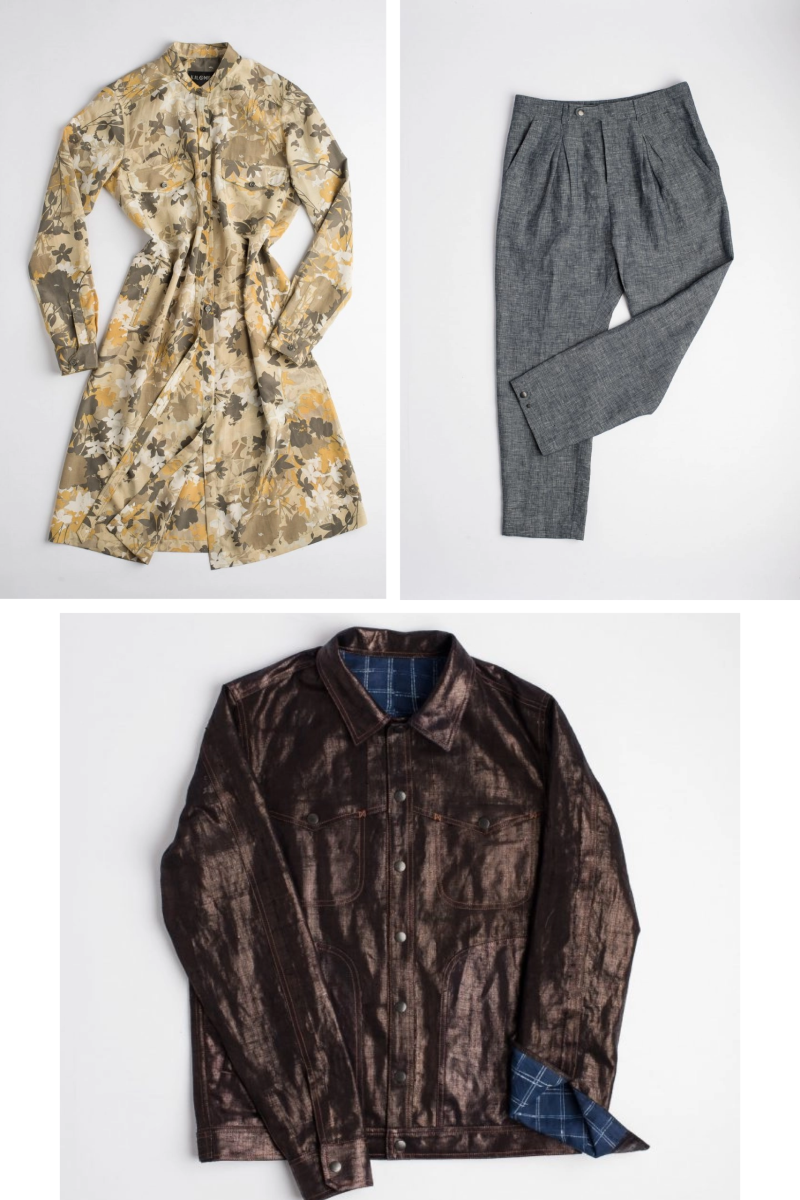
Jackets, dresses, and trousers products come from the Kilomet109 brand (Source: Kilomet109)
When sustainable materials are mostly taken from different locations in limited quantities, building a green production line has gradually become a top problem for every fashion brand that wishes to pursue this trend. Fashion companies need help sourcing raw materials and implementing sustainable production with all the necessary equipment. With more stages to go through, the risk of product price increases is one of the concerns of sustainable fashion brands. Furthermore, with the transportation of raw materials and products, it is impossible to ignore the harmful effects on the environment during this period. This will most likely make the product “sustainable” but also harmful to the environment.
Application of sustainable fashion at UEH
In addition to creating programs and events aimed at creating a Green Campus, UEH has sought to contribute to the sustainable future of society and the community as part of its vision to become a sustainable university, gaining the “Rethink & Be Green” community’s support in promoting green lifestyle from students and officials. Through events like the “Greenlife Artistry” Exhibition, the fashion show “Green Fashion for Life,” and guides on incorporating sustainable fashion into daily life, UEH also offers its members the chance to immerse themselves in green fashion.
Sustainable fashion is one of the new and distinct paths in the Vietnamese fashion industry. Especially in light of the growing sustainability trend, more and more development opportunities for sustainable fashion, such as using 3D printing technology, traditional materials … Vietnam’s embrace of sustainable fashion will be fruitful and have great potential. With no doubt, UEHers in particular, will significantly impact establishing a Green Campus by taking the initiative and dressing sustainably. UEHer global citizens who are constantly concerned with sustainability, strive toward it, and give back to the community would be produced as a result.
References:
Ngan Ha. (2023). Giới trẻ chuộng xu hướng thời trang bền vững. Bao Nguoi Lao Đong. Retrieved October 16, 2023 from: https://nld.com.vn/thoi-su/gioi-tre-chuong-xu-huong-thoi-trang-ben-vung-20230304184523472.htm
News and photos: Department of Student Affairs
